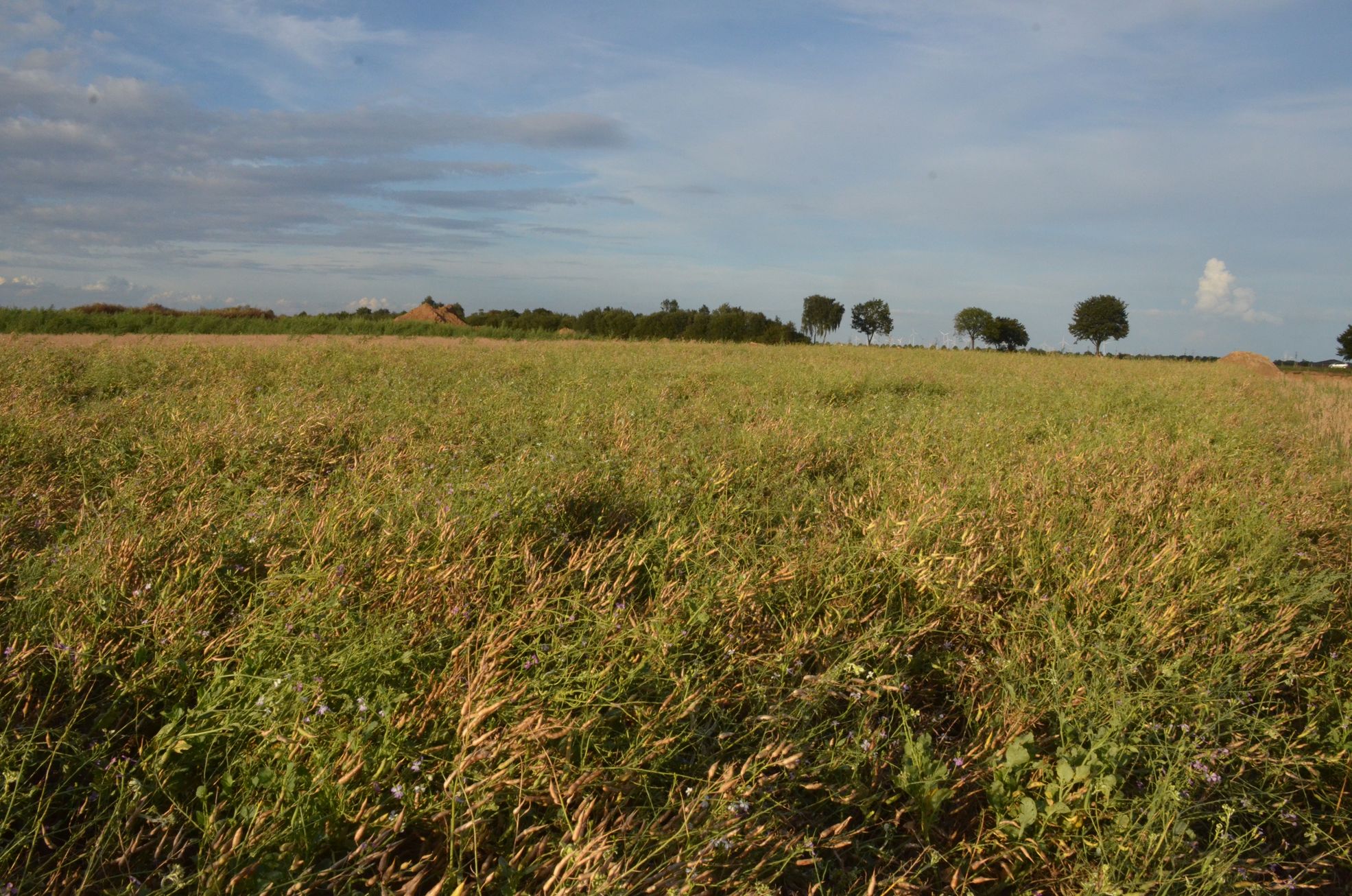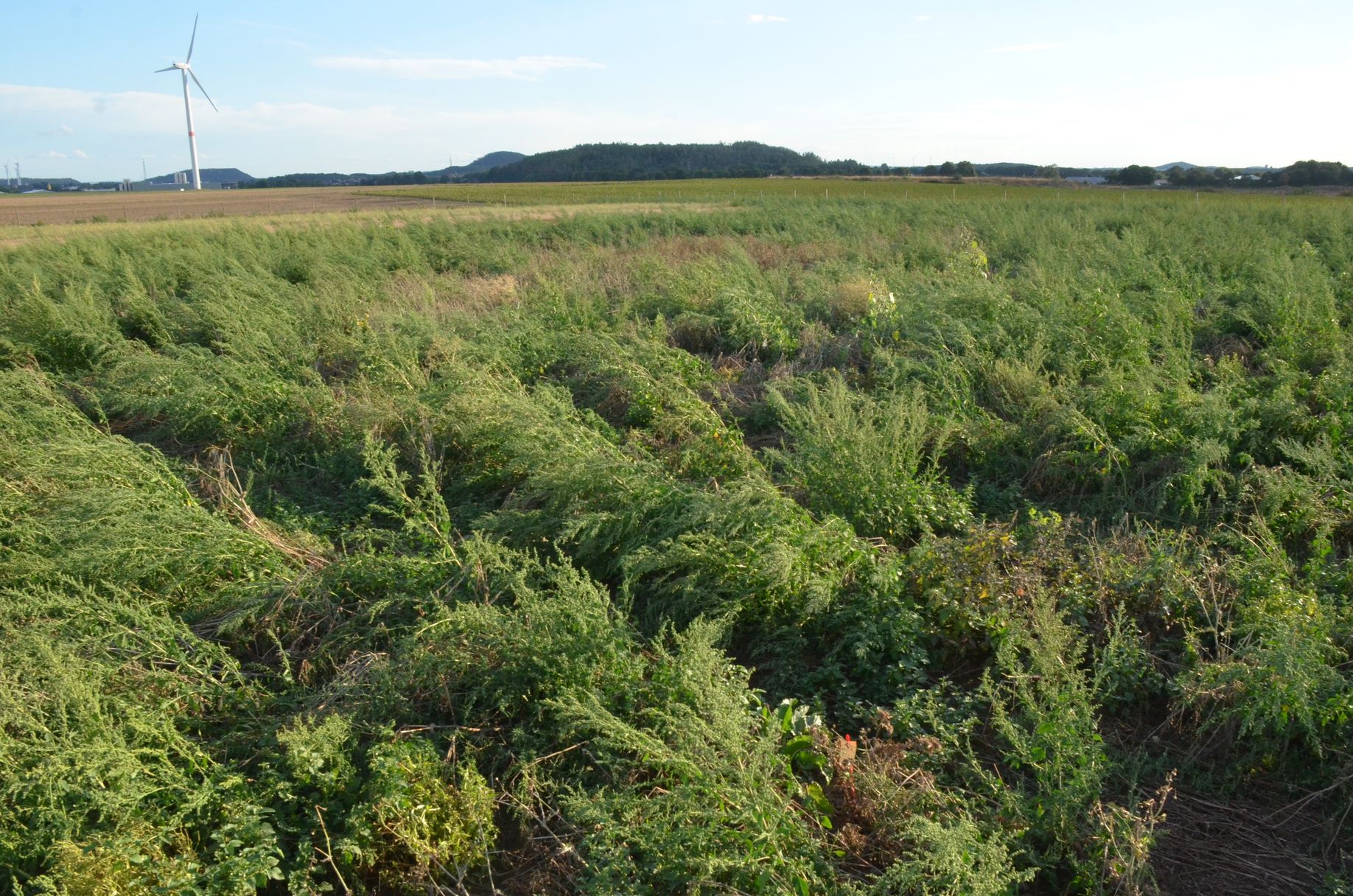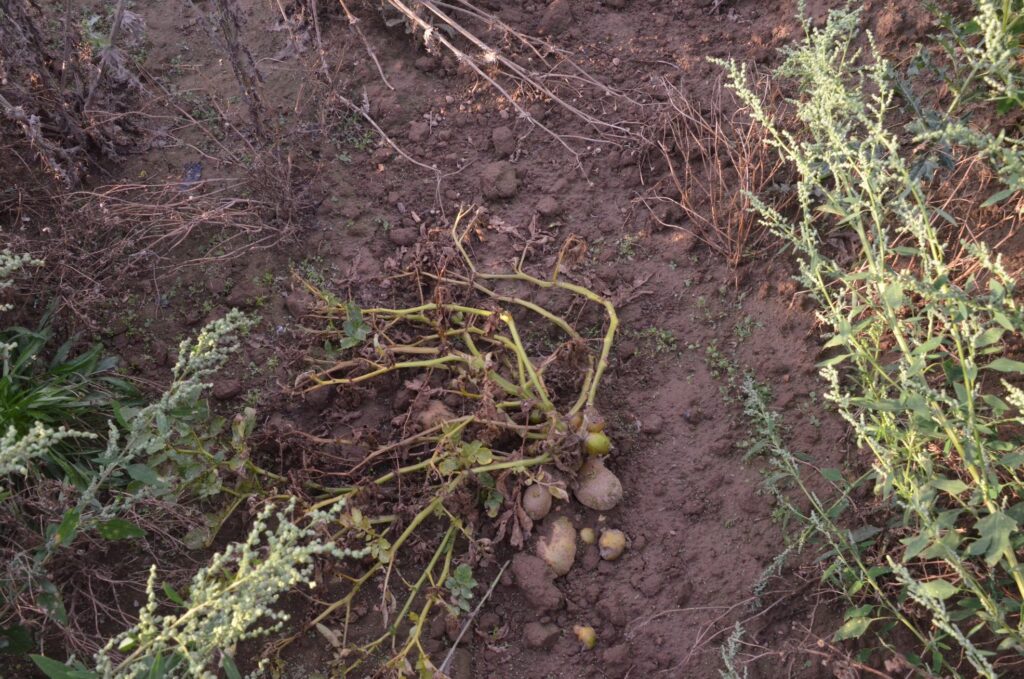Fallow land and self-vegetation – letting it run as nature conservation?

Why biodiversity and soil protection need responsibility
How did the EU come up with the idea of demanding self-generating fallow land?
Fallow land in the sense of unproductive land with self-vegetation is an option under current agricultural policy. The requirement to do nothing is controversial for good reasons.
However, someone seems to have realised when the regulation was made that letting it run is not really an option. As an alternative, it is therefore also possible to grow legumes on larger areas (DE: Recommendations for the creation of fallow land). Furthermore, the regulations have currently been completely suspended in many areas (DE: EU agricultural policy: Commission sets mandatory fallow period for 2024)
But suspension is not cancellation. And in people’s minds, the image of “natural idleness” is becoming entrenched as a desirable state in the field. Fallow land sounds very much like popular nature conservation and also seems to have the textbook image of medieval three-field farming in mind.
This brings us back to the basic question of whether temporary fallow land in general and especially with self-vegetation are really forward-looking elements for improving biodiversity and part of future-oriented agriculture.

Was fallow land once something useful?
In times of low cultivation intensity, when there was still a lot of nutrient-rich humus in the soil from previous millennia, there was no artificial fertiliser, mineralisation through intensive ploughing was not possible and without herbicides there was still a fairly diverse and site-appropriate weed plant community in the soil seed bank: Yes.
At that time, a limited amount of nutrients were additionally available from the soil in the fallow year, and the grazing animals supplemented the nutrients. Both could be utilised (more) profitably in the following year. The diverse plant community of this fallow year and the grazing animals further nourished the soil life and prevented monocultures. In the following years, farmers had to live with many weeds in the same way as before.
Can temporary fallow land make sense today?
Today, humankind has actively established very artificial plant communities on high-yielding fields for a long time and in a targeted manner. Many diverse weeds have already been removed from large areas of the fields due to competition and the high amount of nutrients added. Herbicides have deliberately reduced many weeds in the seed bank as well.

The plants still present in the seed bank are those that are difficult to control but cannot be eliminated. Lambsquarter, goosefoot and similar plants are certainly not a good basis for biodiversity. The plants that colonise in the fallow year are (volunteer) plants from previous crops, stubborn weeds and rapid first colonisers. However, these are not stable, favourable or even reasonably diverse plant communities.
Who benefits from self-vegetating fallow land today and who does not?
Lambsquarter and goosefoot enjoy ideal propagation conditions on many high-yielding fields with self-greening fallow thanks to an abundant seed bank and strong soil warming without shading as heat germinators. Herbicide manufacturers and those who favour deep tillage will benefit in subsequent years from bringing the rapidly growing weed seed bank back under control in the crop.
crop.zone could also be pleased with the electrophysical treatment of many weeds (= wrong plants in the wrong place in the wrong numbers) if they were not growing there to the detriment of the soil, the environment and farmers.
Farmers who normally work integrated, regenerative or with minimal tillage and otherwise carefully remove weeds or wild beet, for example, will have problems with self-vegetation for years if they want to achieve reasonable yields without significant amounts of herbicides or soil movement. If heavy tillage is resumed after the fallow period, humus, soil life and, for example, soil-dwelling bumblebees will suffer.
Under many circumstances, soil life has only benefited to a limited extent from fallow. Depending on the previous crop and the year, the fields are completely bare in autumn and winter and even in spring, for example, chickweed only emerges very late. There was then also little humus build-up and soil exudates. Not a good balance for climate and soil life.
An example of fallow land – sugar beet field in Germany
The pictures shown in this blog hardly need any commentary. If nothing is done, a previously well-maintained sugar beet field will turn into a mixture of maturing lambsquarter, a few other common weeds and volunteer crops such as potatoes or wild beet by September. Legumes and other cover crops, on the other hand, keep the soil cooler so that the mildew does not get out of hand or does not emerge at all. They also provide food and shelter for many animals in addition to binding knitwear. In the illustrated trial, no species-rich green manure mixtures were used, which would certainly have been better for the soil and biodiversity. However, in addition to technical objectives, the main aim was to demonstrate that self-greening fallow on fertile soils is merely organised irresponsibility without any major long-term (=sustainable) biodiversity benefits.
Incidentally, no fields were tortured for this experiment. The field was located in front of a sand pit and was excavated a few months later.
Why does it make sense to take responsibility instead of temporarily leaving high-yield areas to their fate?
To first control a field as a highly productive location in practically every aspect and then simply leave it to its own devices seems to be based on a very romanticised view of nature. Man is the exploiter. And without exploiters, “nature” simply gets better straight away. But who simply sends highly protected city children into the forest without minimal equipment and unprepared so that they can get to know natural life? Hardly anyone. Self-vegetating fallow land on productive fields also appears to be legally legitimised neglect. More on the topic of “fallow land” and its exciting cultural background at Master’s thesis Kruse 2022 (DE)
There are good reasons why, for example, regenerative agriculture exists (regenerative agriculture (DE)). In other words, agriculture that wants to continue to produce yields, but at the same time wants and needs to RESTORE many soil functions. This requires a lot of work and intelligent, active field management. And that continuously over many years.
At the same time, depending on the region and soil, there are of course a large number of other valuable measures to protect the soil and stabilise and increase biodiversity. But in practically all cases, this involves active and targeted measures (100 fields for diversity (DE)).

Can crop.zone make a contribution together with the farmers?
Just like farmers, crop.zone is also committed to taking responsibility. That is why crop.zone is developing processes that replace non-selective herbicides, e.g. for desiccation, pre-sowing treatment and green manure control, with electricity and leave no residues. crop.zone has also actively demonstrated that soil life is not harmed by electricity.
Together, we must all find ways to reconcile profitability, food security, fair access to soils, climate protection and biodiversity. This is not easy, but agriculture, agricultural technology and customised ecology grow with the challenges and take on the responsibility.
